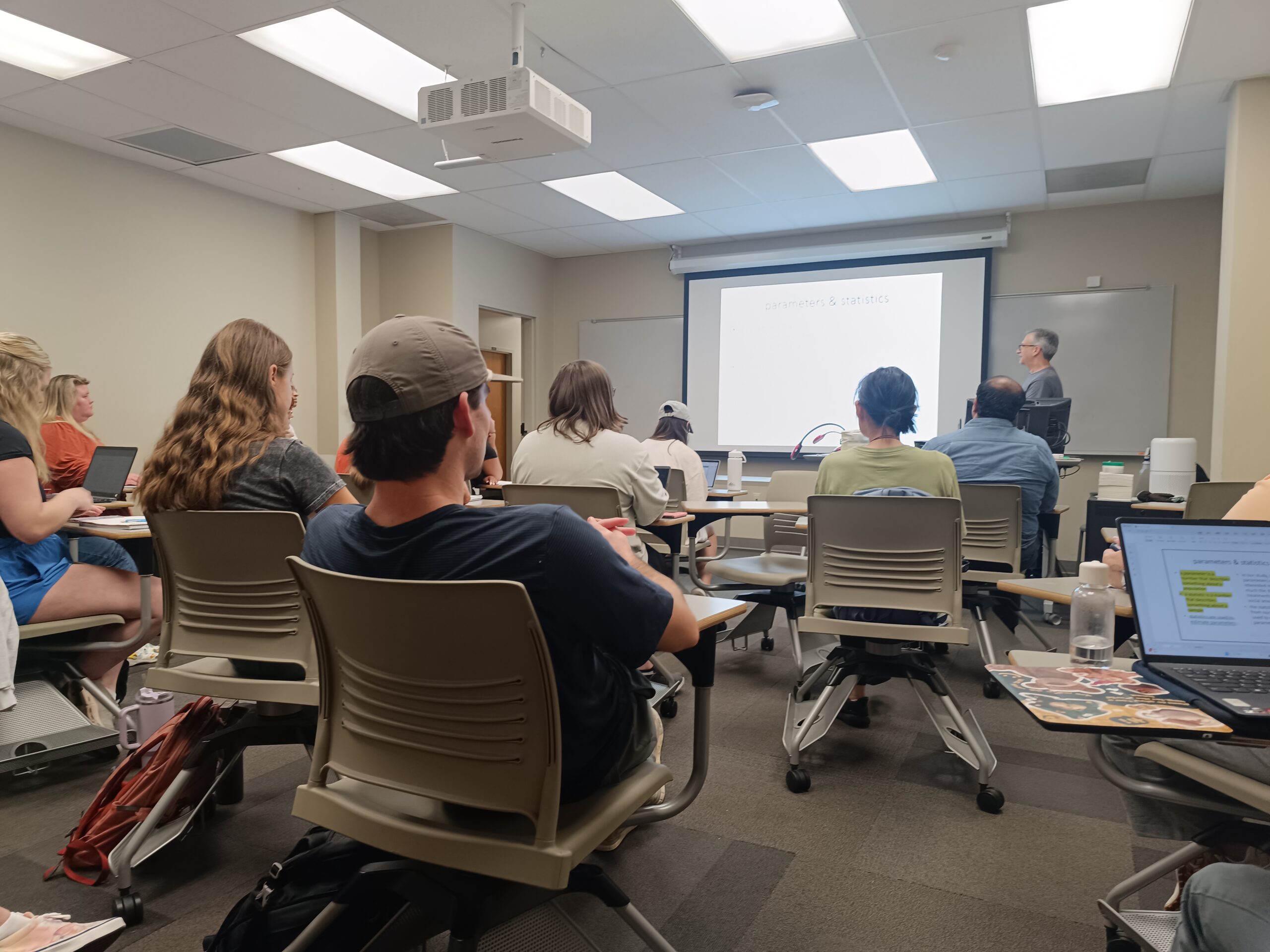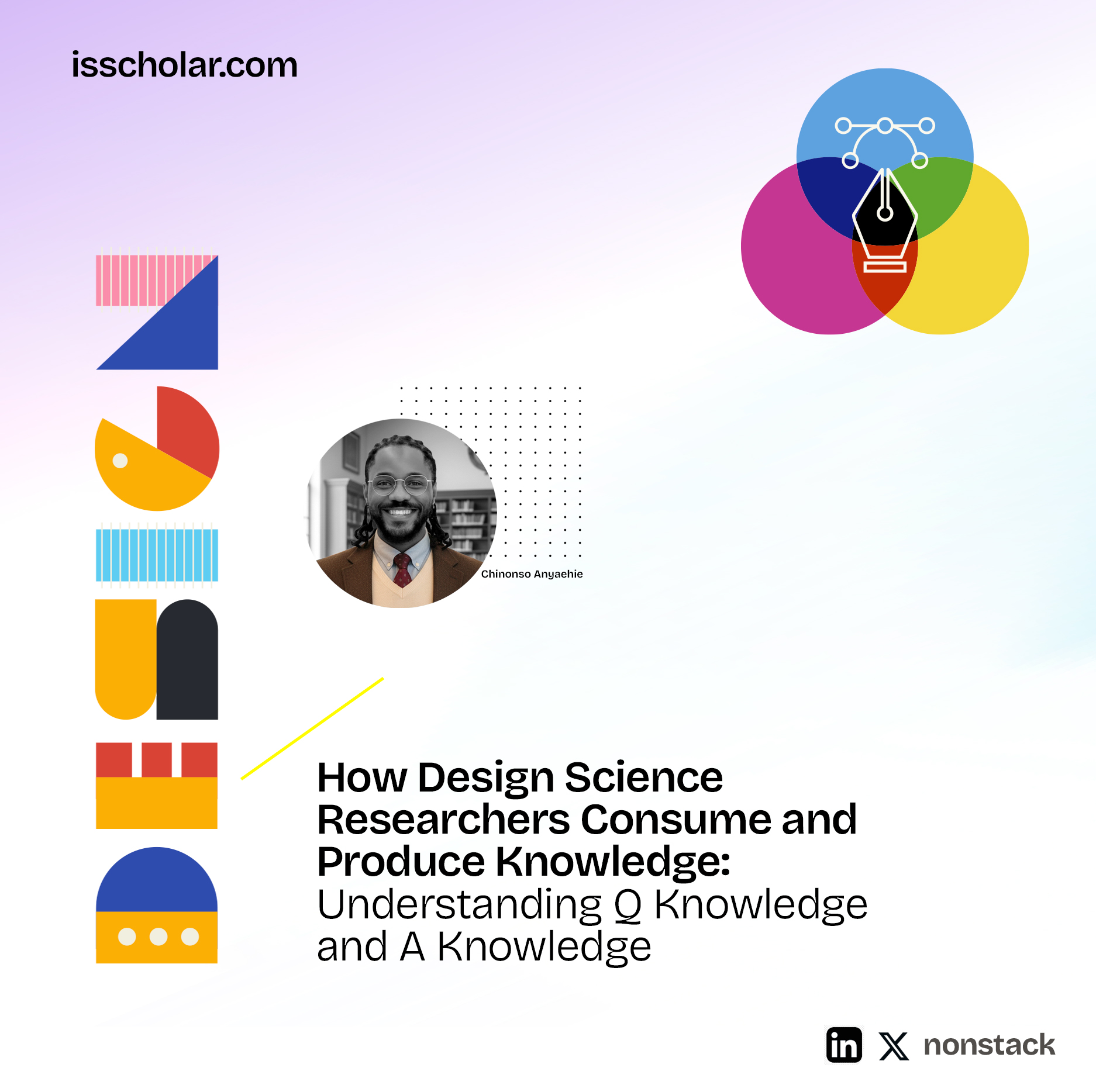Research Methods in Education: A Detailed Study on Teaching Reading Skills
1. Study Setup
Variables
- Independent Variable (IV): Methods of teaching (reading)
- Dependent Variable (DV): Reading skill
Data Structure
- Two classrooms:
- Pat’s classroom: Method 1
- Cam’s classroom: Method 2
- Scores: Represent reading skill on a standardized reading test
- Assumption: Students randomly assigned to methods
Variables Breakdown
- Independent Variable (IV): Method of teaching (categorical)
- Dependent Variable (DV): Reading skill (continuous)
Potential Influencing Factors
- Reading skill (construct of interest)
- Method of teaching (manipulated IV)
- Teacher (confounding variable)
- Other factors: motivation, test-taking skill, rest, nutrition (error/noise)
2. Key Concepts
2.1 Manipulated Independent Variable (IV)
The manipulated IV in this study is the method of teaching reading. Here’s a detailed explanation:
- Two different ways of teaching reading:
- Method 1 (used in Pat’s classroom)
- Method 2 (used in Cam’s classroom)
- The researchers chose to have these two different methods. They didn’t just observe existing classes; they set up the study this way on purpose.
- By “manipulated,” we mean the researchers actively decided:
- Which method would be used in each classroom
- How the methods would be different from each other
- The goal is to see how this difference in teaching methods (the IV) affects the students’ reading skills (the Dependent Variable or DV).
So, in simple terms, the manipulated IV is the “teaching method” because that’s the thing the researchers are changing on purpose to see what effect it has. They’re not changing how well the students can read directly; they’re changing how the students are taught and then seeing if that affects their reading skills.
2.2 Confounding Variable
In this example, the confounding variable is the teacher. Here’s a detailed explanation:
A confounding variable is something that:
- Isn’t the main thing we’re trying to study (not our IV or DV)
- Is related to our IV (what we’re changing on purpose)
- Might also affect our DV (what we’re measuring)
In our story:
- The teachers (Pat and Cam) are the confounding variable.
- Why it’s confounding:
- It’s connected to our IV: Each teaching method is being used by a different teacher.
- It might affect our DV: Different teachers might be better or worse at teaching, regardless of the method they’re using.
- The problem this causes:
- If we see a difference in reading skills between the two groups, we can’t be sure if it’s because of:
a) The different teaching methods (what we want to study)
b) The different teachers (Pat might just be a better teacher than Cam, or vice versa)
- Why it’s tricky:
- We can’t separate the effect of the teaching method from the effect of the teacher.
- Each method is only being taught by one teacher, so the teacher and the method are “mixed up” together.
In simple terms, the teacher is the confounding variable because it’s tangled up with the teaching method, and it might affect how well students learn to read. This makes it hard to know if any differences we see are because of the teaching method or because of the teacher.
2.3 Construct
Reading skill is the construct being studied in this example. Here’s a detailed explanation:
- What is a Construct?
A construct is an abstract idea or concept that researchers believe exists and influences behavior or outcomes, but can’t be directly observed or measured. In our example, “reading skill” is the construct. - Why is Reading Skill a Construct?
- It’s not something you can directly see or touch.
- It’s a complex ability that involves multiple components.
- We infer its existence based on how people perform on various reading-related tasks.
- Components of the Reading Skill Construct:
The construct of reading skill likely includes several sub-components:
a) Decoding: The ability to recognize and pronounce written words.
b) Comprehension: Understanding the meaning of what’s read.
c) Fluency: The speed and ease of reading.
d) Vocabulary: Knowledge of word meanings.
e) Critical thinking: Ability to analyze and interpret text.
3. Error/Noise in Research
3.1 Definition
Error or noise refers to any factors that influence the outcome (dependent variable) but are not part of the main variables being studied.
3.2 Types of Error/Noise
- Random Error: Unpredictable fluctuations in measurements
- Systematic Error: Consistent or biased deviations in measurements
3.3 Sources in the Reading Skills Example
- Individual Differences:
- Student motivation
- Natural aptitude for reading
- Previous exposure to reading materials
- Environmental Factors:
- Classroom temperature
- Time of day for lessons
- External noises or distractions
- Physical/Physiological Factors:
- Student’s health on test day
- Amount of sleep before the test
- Nutrition (e.g., having had breakfast)
- Psychological Factors:
- Test anxiety
- Mood on the day of testing
- Interest in the reading material
- Measurement-Related Factors:
- Inconsistencies in test administration
- Ambiguities in test questions
- Scoring errors
3.4 Impact on Research
- Increases variability in results
- Can obscure true relationships between variables
- May lead to incorrect conclusions if not properly accounted for
3.5 Dealing with Error/Noise
- Randomization: To distribute error sources evenly across groups
- Large sample sizes: To minimize the impact of individual variations
- Controlling for known sources of error
- Using reliable and valid measurement tools
- Statistical techniques to account for error in analysis
3.6 Importance in Research
Understanding and accounting for error/noise is crucial for:
- Designing robust studies
- Interpreting results accurately
- Drawing valid conclusions from research data
3.7 Detailed Explanation of Error/Noise
- What is Error/Noise?
In research, error or noise refers to any factors that affect our measurements (in this case, reading test scores) but are not part of what we’re intentionally studying (teaching methods). It’s called “noise” because it can muddy or obscure the “signal” we’re trying to detect (the effect of teaching methods on reading skills). - Types of Error/Noise in This Example:
a) Student-related factors:- Motivation: Some students might be more eager to learn or perform well on tests.Natural ability: Some students might naturally be better at reading.Prior experience: Some might have more exposure to reading at home.Health: A student who is sick on test day might perform worse.Sleep: A student who didn’t sleep well might not perform at their best.Nutrition: Whether a student had a good breakfast could affect their performance.
- Classroom conditions: Temperature, lighting, or noise levels could affect performance.Time of day: Some students might perform better in the morning, others in the afternoon.
- Test anxiety: Some students might get more nervous during tests.Test format: The specific questions or format might favor certain students.
- Inconsistencies in how the test is administered or scored.
- Ambiguities in test questions that some students interpret differently.
- Why Error/Noise Matters:
- It can make it harder to see the true effect of the teaching methods.
- If there’s too much noise, we might think there’s no difference between methods when there actually is (or vice versa).
- Dealing with Error/Noise:
- Random assignment: By randomly putting students into the two groups, we hope to spread these “noisy” factors evenly across both groups.
- Large sample sizes: The more students in each group, the less impact any one student’s “noise” will have on the overall results.
- Controlling conditions: Trying to keep as many factors the same across both groups (like testing at the same time of day, in similar classrooms).
- Importance in Research:
Understanding error/noise is crucial because it helps researchers:
- Design better studies that minimize unwanted influences.
- Interpret results more accurately, knowing that some variation is due to factors beyond the main variables of interest.
- Make more cautious and valid conclusions about the effects they’re studying.
In essence, error/noise represents all the “messiness” of real-world research. It’s what makes studying human behavior challenging and why researchers need to be careful in how they design studies and interpret results. Recognizing these sources of variability helps in understanding the limitations of research and the importance of replication in science.
4. Measurement Error
4.1 Definition
Measurement error refers to the difference between the true value of what’s being measured and the value obtained through measurement.
4.2 Key Characteristics
- Unavoidable: Present to some degree in all measurements
- Can be random or systematic
- Affects the reliability and validity of research findings
4.3 Types of Measurement Error
- Random Error:
- Fluctuates unpredictably
- Can increase or decrease measured values
- Tends to cancel out over many measurements
- Systematic Error (Bias):
- Consistent deviation in a particular direction
- Does not cancel out over repeated measurements
- Can lead to consistently over- or under-estimating true values
4.4 Sources in Reading Skill Example
- Test Design:
- Ambiguous questions
- Limited coverage of reading skill aspects
- Test Administration:
- Inconsistent instructions
- Variations in testing environment
- Scoring Process:
- Human error in grading
- Inconsistent interpretation of answers
- Student Factors:
- Test anxiety
- Misunderstanding of questions
4.5 Impact on Research
- Reduces accuracy of measurements
- Can obscure true relationships between variables
- May lead to incorrect conclusions if not accounted for
4.6 Dealing with Measurement Error
- Use reliable and validated measurement tools
- Standardize measurement procedures
- Train administrators in consistent test delivery
- Use multiple measures of the same construct
- Account for measurement error in statistical analyses
4.7 Importance in Research
Understanding measurement error is crucial for:
- Interpreting results accurately
- Assessing the reliability of findings
- Improving measurement techniques in future studies
4.8 Detailed Explanation of Measurement Error
- Nature of Measurement Error:
In the context of measuring reading skill, measurement error represents the discrepancy between a student’s true reading ability and the score they receive on the standardized test. It’s highlighted as a special source of error because it’s inherent to the measurement process itself. - Why It’s Important:
- It affects the accuracy of our data. If there’s significant measurement error, the test scores might not accurately reflect students’ true reading abilities.
- It can obscure the true effect of the teaching methods. If measurement error is large, it might be difficult to detect real differences between the two teaching methods.
- Sources of Measurement Error in This Example:
a) Test Design:- The test might not cover all aspects of reading skill equally.Some questions might be ambiguous or poorly worded.
- Instructions might be given slightly differently in Pat’s and Cam’s classrooms.Testing conditions (time of day, room temperature, etc.) might vary.
- If there are open-ended questions, different scorers might interpret answers differently.There could be errors in recording or calculating scores.
- Test anxiety might cause some students to underperform.
- Fatigue or distraction could affect performance, especially for longer tests.
- Types of Measurement Error:
a) Random Error:- A student might guess correctly on a question they don’t really understand.
- Minor distractions might cause a student to miss a question they would normally get right.
- If the test consistently underestimates reading ability for students who are second language learners.
- If one teacher’s students are consistently advantaged by the way instructions are given.
- Implications for the Study:
- If measurement error is random and evenly distributed, it adds “noise” to the data but might not bias the results systematically.
- If there’s systematic measurement error (e.g., the test consistently underestimates ability for one group), it could lead to incorrect conclusions about the effectiveness of teaching methods.
- Dealing with Measurement Error:
- Using a well-validated standardized test can help minimize measurement error.
- Ensuring consistent test administration across both classrooms is crucial.
- Researchers might use multiple measures of reading skill to get a more robust assessment.
- Importance in Research:
Understanding measurement error helps researchers:
- Interpret their results more cautiously, acknowledging the imperfect nature of their measurements.
- Design better studies in the future, possibly using more reliable measurement tools or methods.
- Account for measurement error in their statistical analyses, leading to more accurate conclusions.
In essence, measurement error is highlighted as a special source of error because it’s an unavoidable aspect of the research process. Recognizing its presence helps researchers maintain a realistic view of their data’s limitations and encourages the development of more robust measurement techniques. In the reading skill example, acknowledging measurement error reminds us that test scores are an imperfect reflection of true reading ability, and this imperfection needs to be considered when drawing conclusions about the effectiveness of different teaching methods.
5. Implications and Conclusion
This case study on teaching reading skills illustrates the complexities of real-world research settings, particularly in education. It demonstrates:
- The challenge of isolating the effect of the IV (teaching method) on the DV (reading skill)
- The importance of controlling for confounds in research design
- How various sources of error can influence research outcomes
- The critical role of understanding measurement error in interpreting results
By recognizing these challenges, researchers can design more robust studies, interpret their results with appropriate caution, and draw more valid conclusions. This approach ultimately leads to more reliable and valuable insights into educational methods and their impacts on student learning.










Leave a Reply